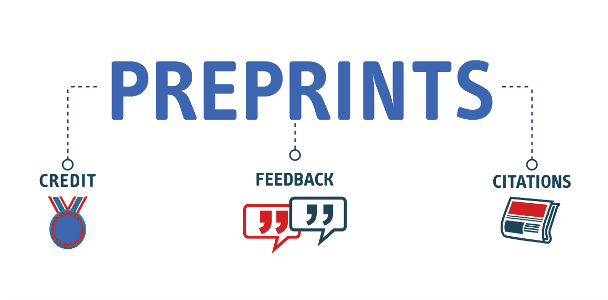
Source: https://www.aje.com/arc/benefits-of-preprints-for-researchers/
A preprint is a version of a research manuscript published before peer review. Normally, these are published electronically and made freely available on large databases or preprint servers. Some of the popular preprint servers include arXiv, PeerJ, The Open Science Framework, OSF Preprints. Preprint servers provide a DOI (Digital Object Identifier) to enable you to link to your work and version control to curate the different versions as you make changes to your manuscript. Publishing a preprint can speed up the process of disseminating your research and avoiding any delays caused by the publication process.
Preprints achieve many of the goals of journal publishing, but within a much shorter time frame. The biggest benefits fall into 3 areas: credit, feedback, and visibility.
Credit – When you post a preprint with your research results, you can firmly stake a claim to the work you’ve done. If there is any subsequent discussion of who found a particular result first, you can point to the preprint as a public, conclusive record of your data. Most preprints are assigned a digital object identifier (DOI), which allows your work to become a permanent part of the scholarly record – one that can be referenced in any dispute over who discovered something first.
Feedback – In the traditional system, a submitted manuscript receives feedback from 2 or 3 peer reviewers before publication. With a preprint, other researchers can discover your work sooner, potentially pointing out critical flaws or errors, suggest new studies or data that strengthen your argument or even recommend a collaboration that could lead to publication in a more prestigious journal.
Visibility – Preprints are not the final form of a research paper for most authors. Thankfully, preprints and infrastructure providers like Crossref link to the final published article whenever possible, meaning that your preprint can serve to bring new readers to your published paper. A study in the Journal of the American Medical Association saw notable increases in citations and Altmetric scores when authors had posted their work first as a preprint.
Normally journal publishers will not accept work that is published or submitted elsewhere. Journal publishers in subjects where preprints are widely used will accept research that has been previously released as a preprint. As preprints emerge as a normal part of the publishing process in new subject areas, questions about whether preprints are regarded as previously published are still being worked through. It would be prudent to check the policies of publishers who may be the ultimate publishers of your research if you choose to publish your research as a preprint.
Journal publishers encourage the publication of preprints after a paper has been accepted. This is the Green Route to Open Access publication. It is important that the publisher’s policies on preprints after publication / submission are checked on the SherpaRoMEO database.
In recent developments (2017) research funders The Welcome Trust, the Medical Research Council and others have accepted the inclusion of references to preprints in grant applications as evidence of current research activity.
However, there are some crucial points to consider, before you submit your preprint to a server. The preprint guidelines below from Wiley provide some useful points to consider:
- Posting of a preprint may violate the copyright agreement or understanding held with a publisher. When you submit an article to a journal you are doing so with the implicit understanding that an accepted article will be published and the copyright for that article then transferred to the publisher. It is ethically wrong to post a preprint that has benefitted from the resources of a publishing house (revision after peer review, copy editing, publication on Wiley Online Library, etc.); especially where the revised, accepted article, and final published versions of a paper are concerned.
- A preprint service provider may ask authors to sign an agreement that prevents publication of the work in a journal later. On ChemRxiv, authors may control the usage rights for their posted preprint with one of three CC BY attribution licenses. When posting on a preprint server, such as ChemRxiv, we recommend that authors retain the rights to their work through use of a non-exclusive license to distribute interim research products (e.g., with a CC-BY-NC-ND or no reuse license), so that their publication options are not limited in any way later on. If an author posts a preprint under one of these licenses, the author can grant the publisher rights to use in a commercial and/or derivative manner because the author has retained those rights.
- Failure to declare the preprint(s) associated with submission to a journal may be non-compliant with the journal′s Notice to Authors and could be grounds for rejection of a submitted manuscript.
- Publicity of preprints through media coverage (e.g., press releases) is not advised when publication of the work in a journal is envisaged. Authors run the risk of attracting media attention to the work before it has undergone a thorough peer-review process.
As mentioned above, different publishers have different policies regarding preprints so do check each publisher policy on the SherpaRoMEO database for accurate information.
For more information on preprints, please visit the links below:
https://www.aje.com/arc/benefits-of-preprints-for-researchers/
https://ambulance.libguides.com/c.php?g=661297&p=4671549
https://onlinelibrary.wiley.com/page/journal/15213773/homepage/preprints





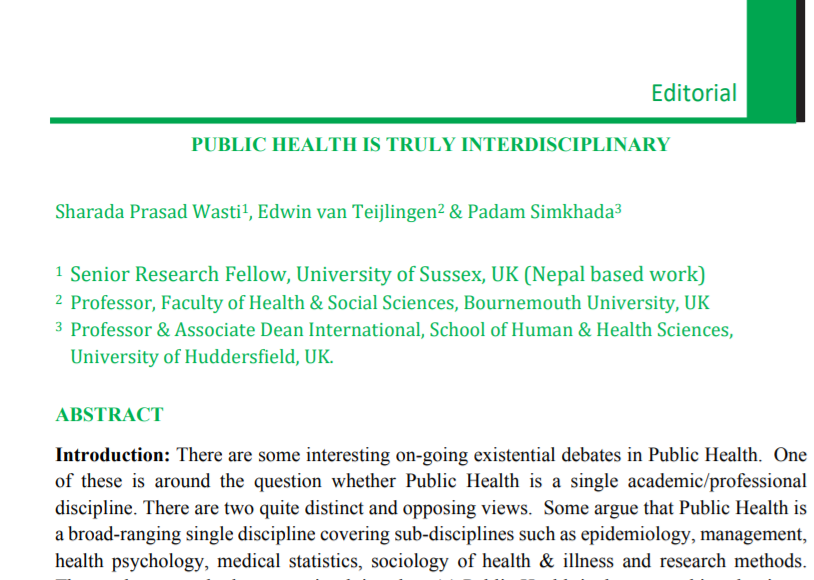

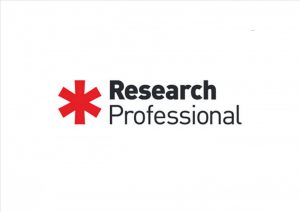 Every BU academic has a
Every BU academic has a 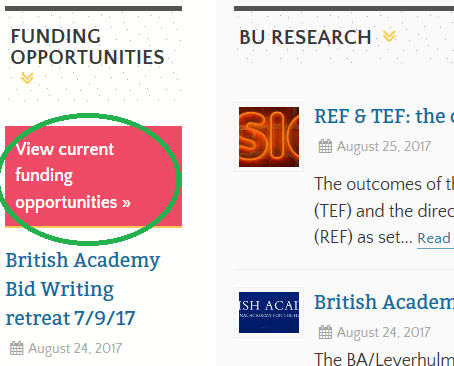 By clicking on this box, on the left of the Research Blog home page just under the text ‘Funding Opportunities‘, you access a
By clicking on this box, on the left of the Research Blog home page just under the text ‘Funding Opportunities‘, you access a 

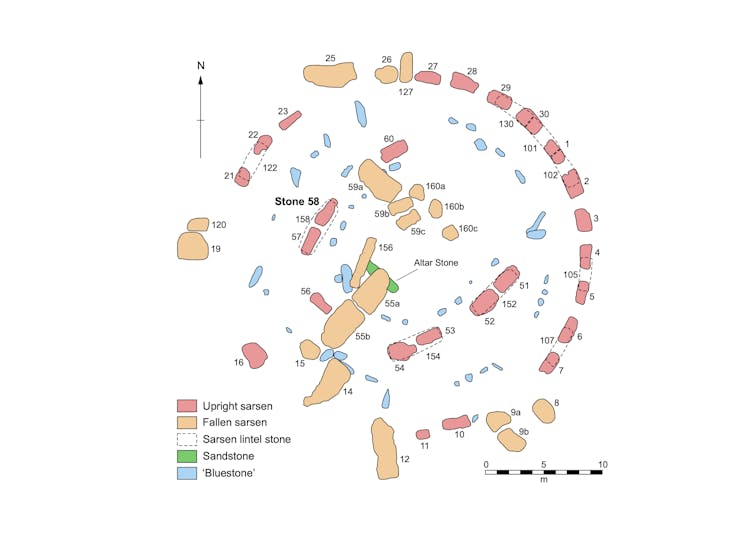
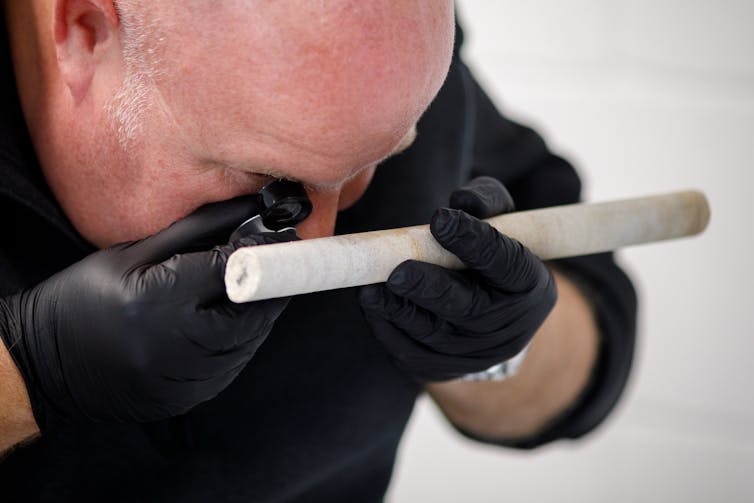



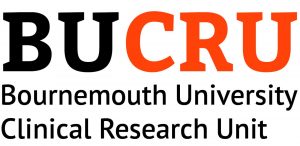

 Like the rest of BU, RDS (Research Development and Support) have been working from home for the past four months. If you’ve been struggling to find out who you can contact in RDS, we have a helpful page called ‘
Like the rest of BU, RDS (Research Development and Support) have been working from home for the past four months. If you’ve been struggling to find out who you can contact in RDS, we have a helpful page called ‘ UK Research and Innovation (UKRI) has published its Annual Report and Accounts, covering the financial year 2019-20.
UK Research and Innovation (UKRI) has published its Annual Report and Accounts, covering the financial year 2019-20.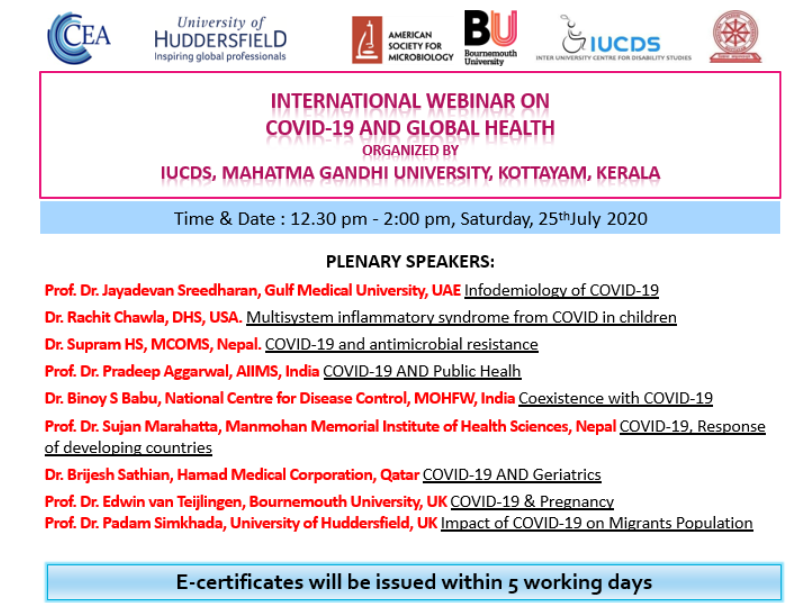












 TANGERINE project has lift off with BPC Indian Community!
TANGERINE project has lift off with BPC Indian Community!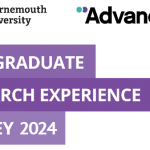 Postgraduate Research Experience Survey (PRES) 2024 – Closing today
Postgraduate Research Experience Survey (PRES) 2024 – Closing today THE INNOVATION COMMON ROOM: Going Old School
THE INNOVATION COMMON ROOM: Going Old School Apply for up to £1,000 to deliver an event and take part in a national festival of public engagement with research
Apply for up to £1,000 to deliver an event and take part in a national festival of public engagement with research MSCA Postdoctoral Fellowships 2024
MSCA Postdoctoral Fellowships 2024 Horizon Europe News – December 2023
Horizon Europe News – December 2023